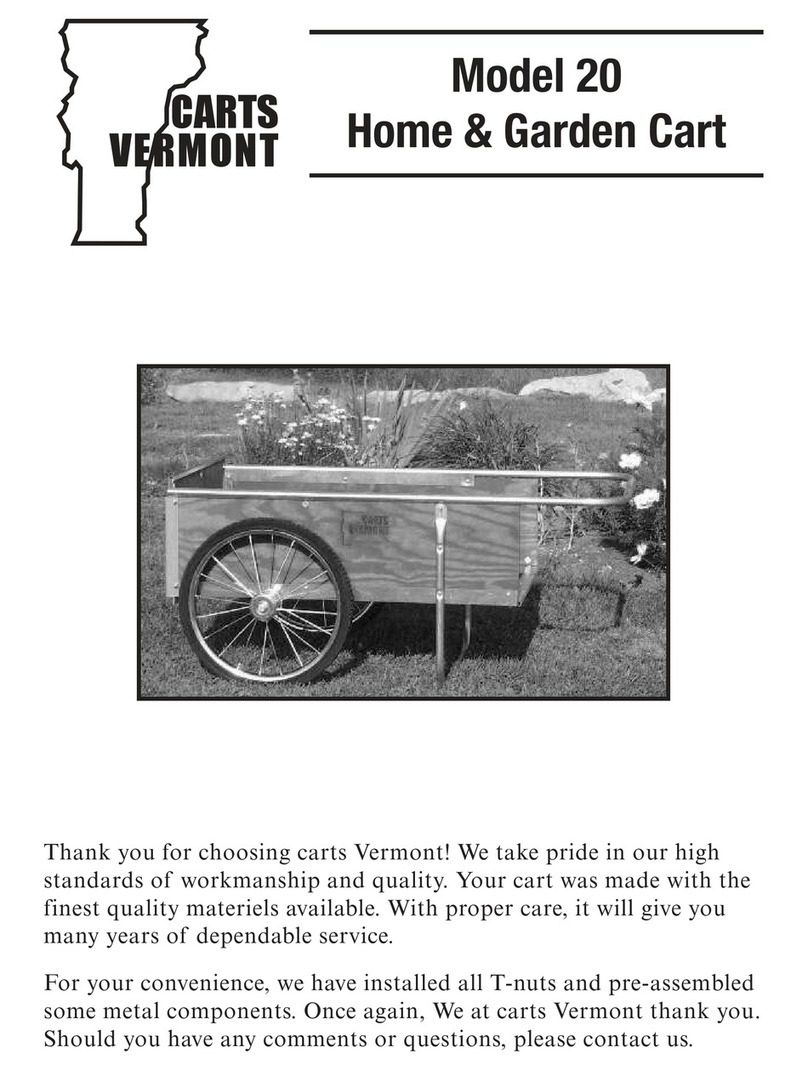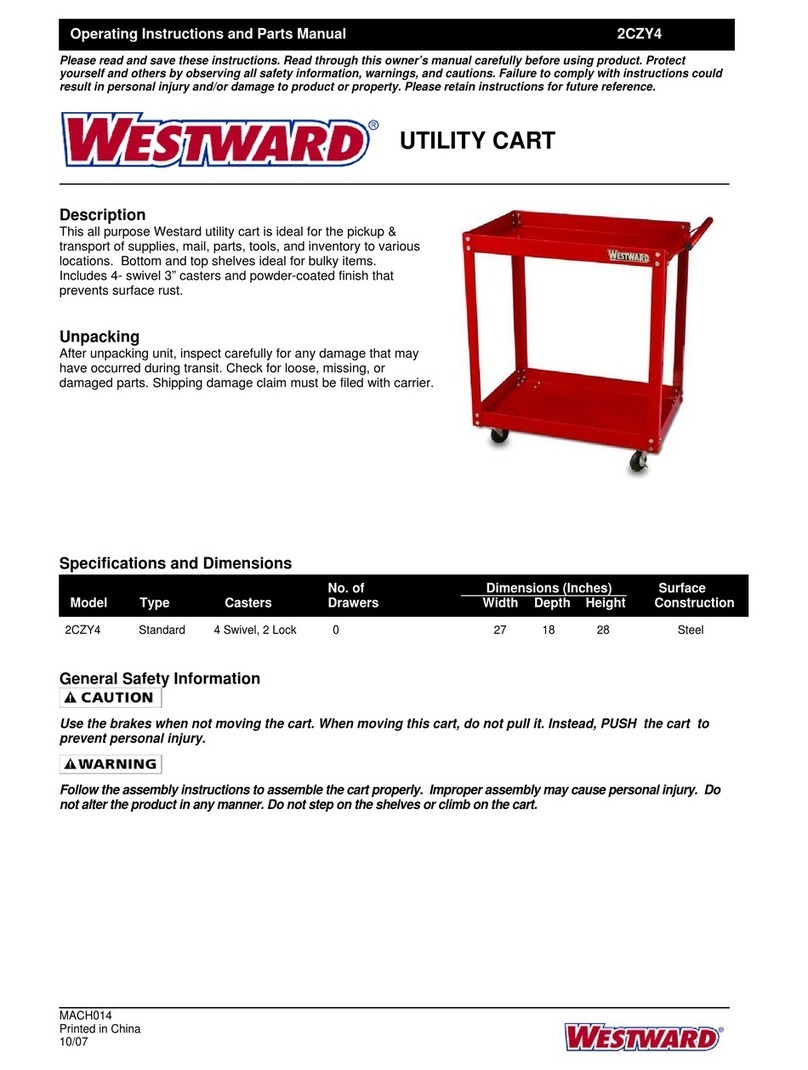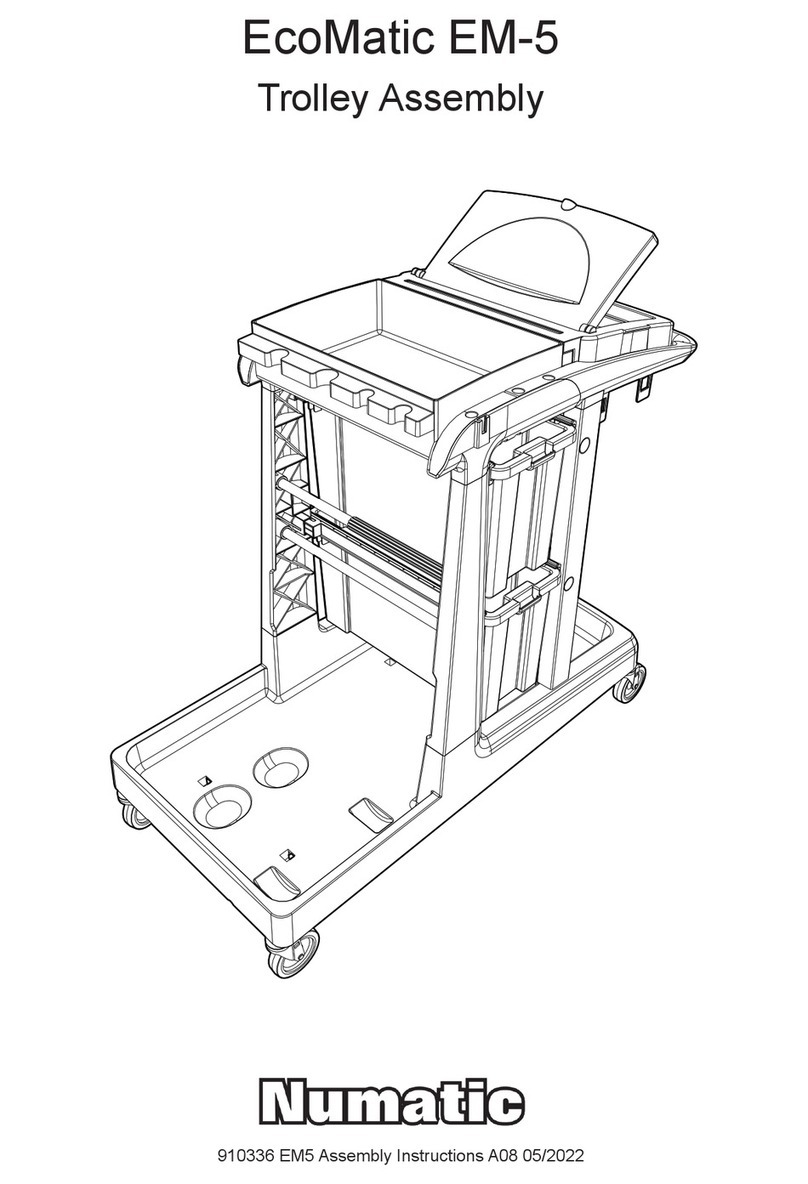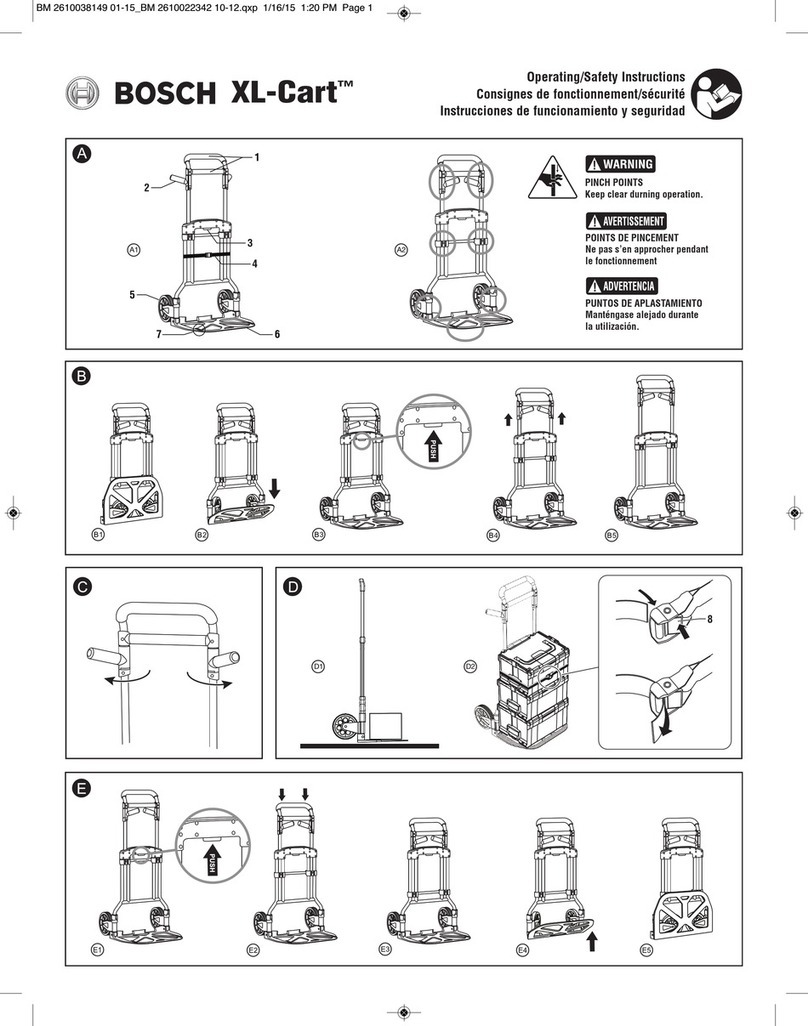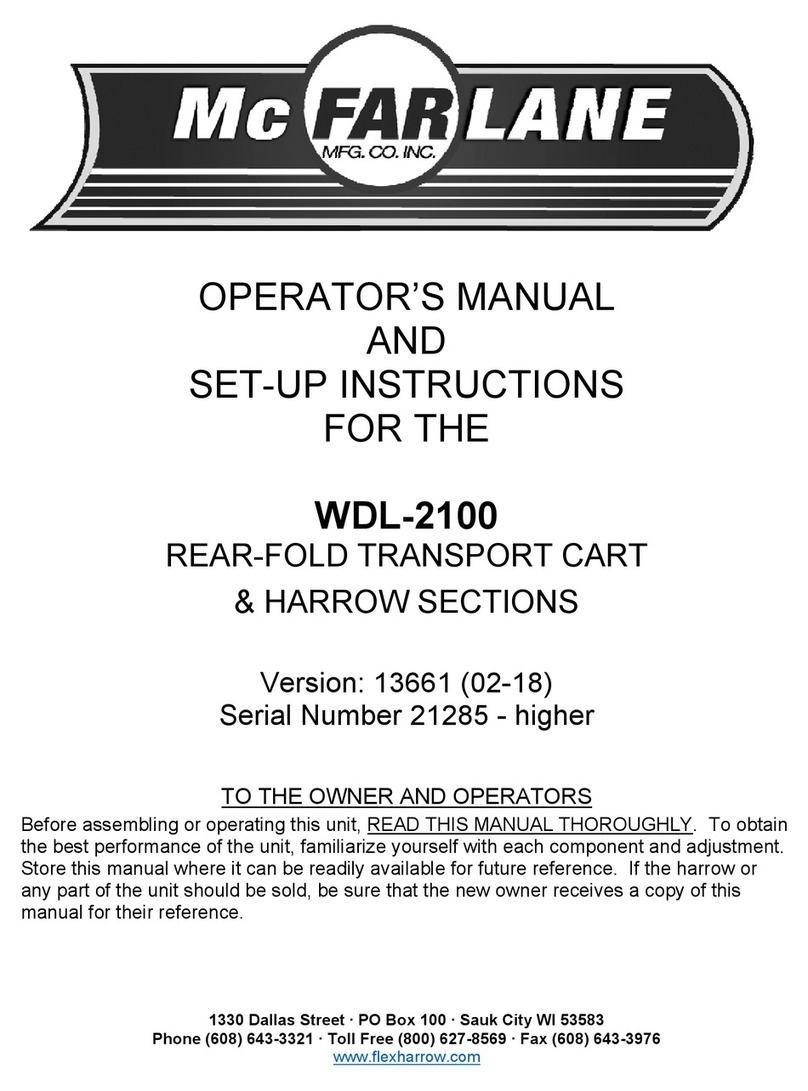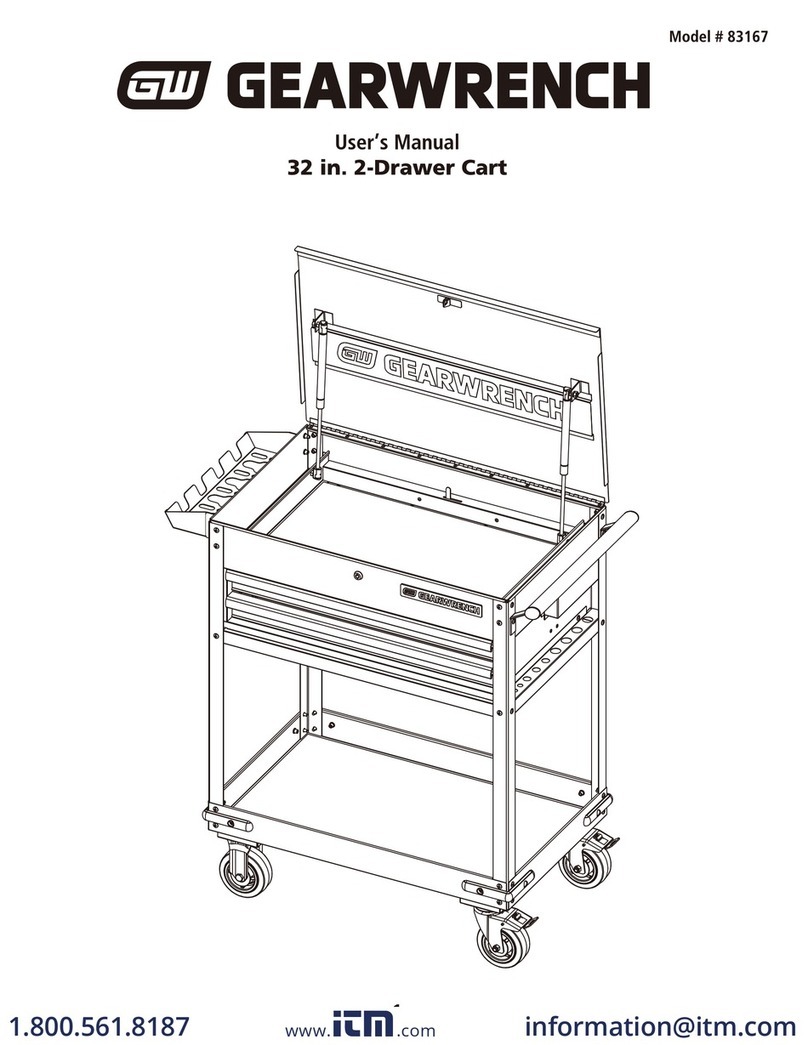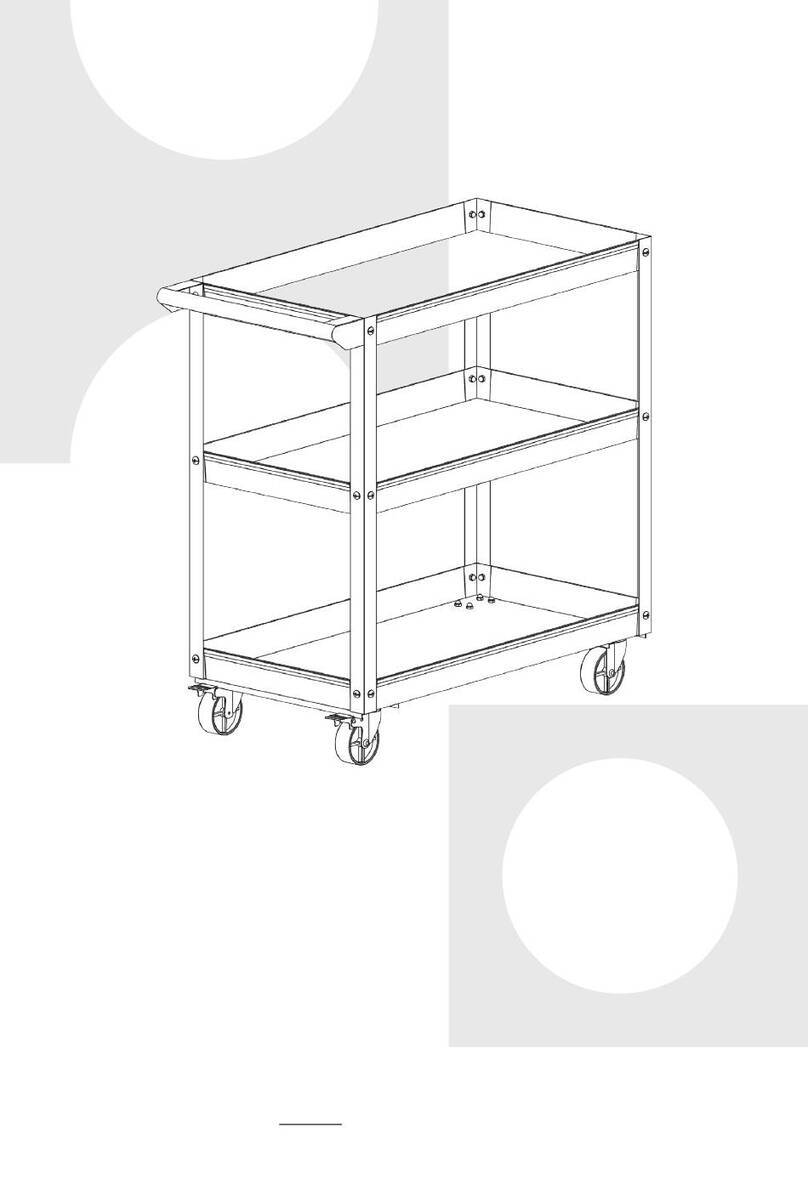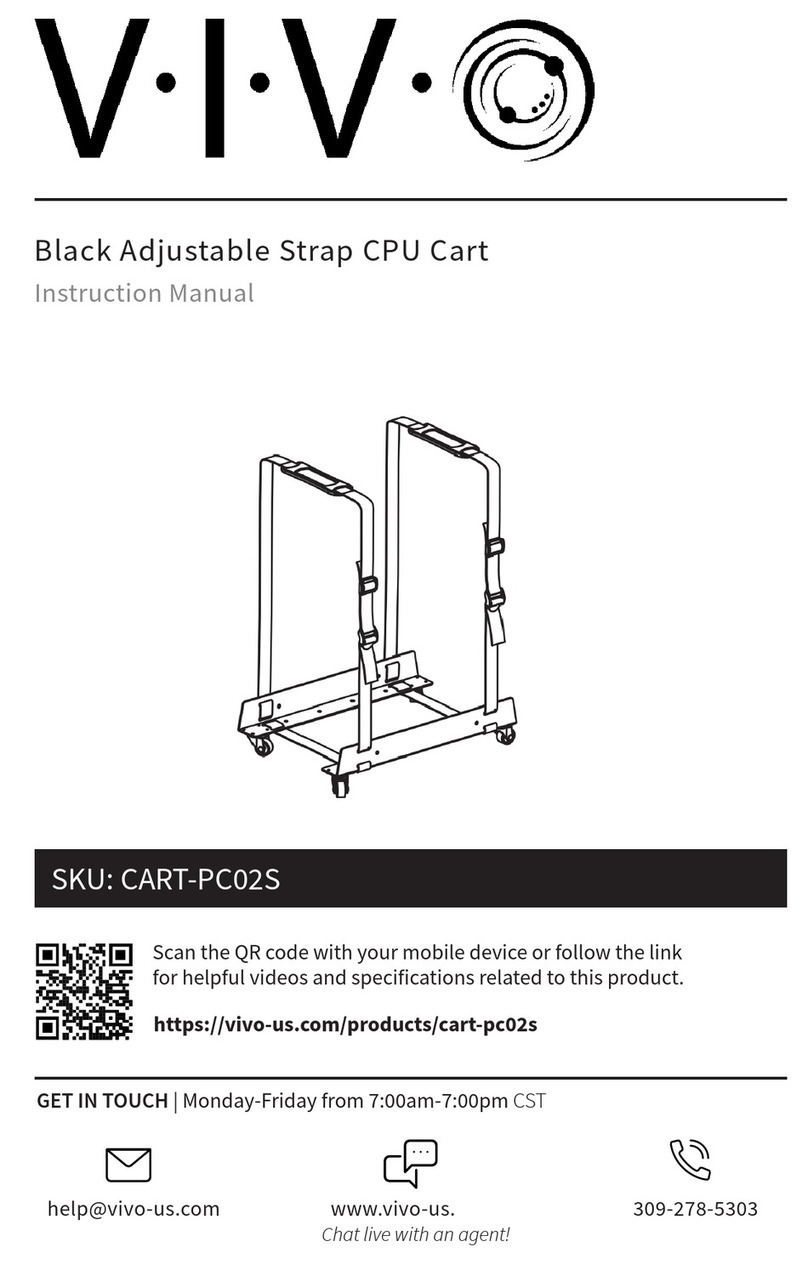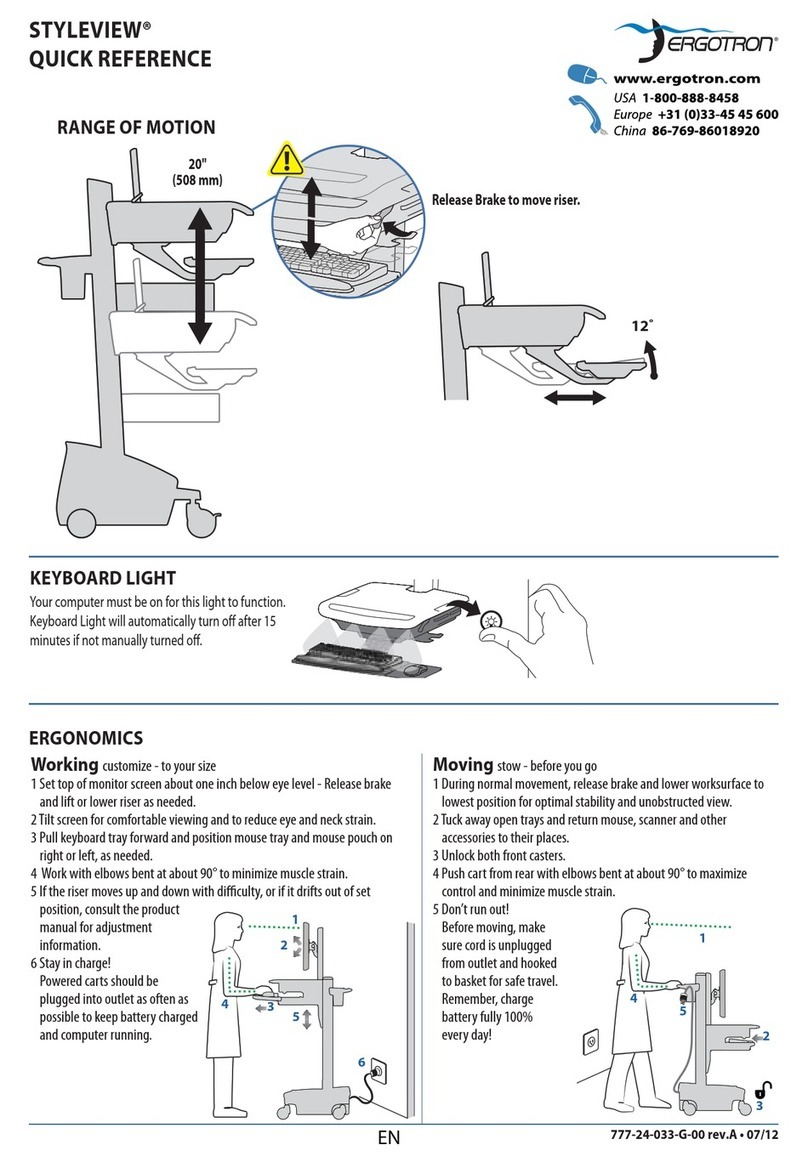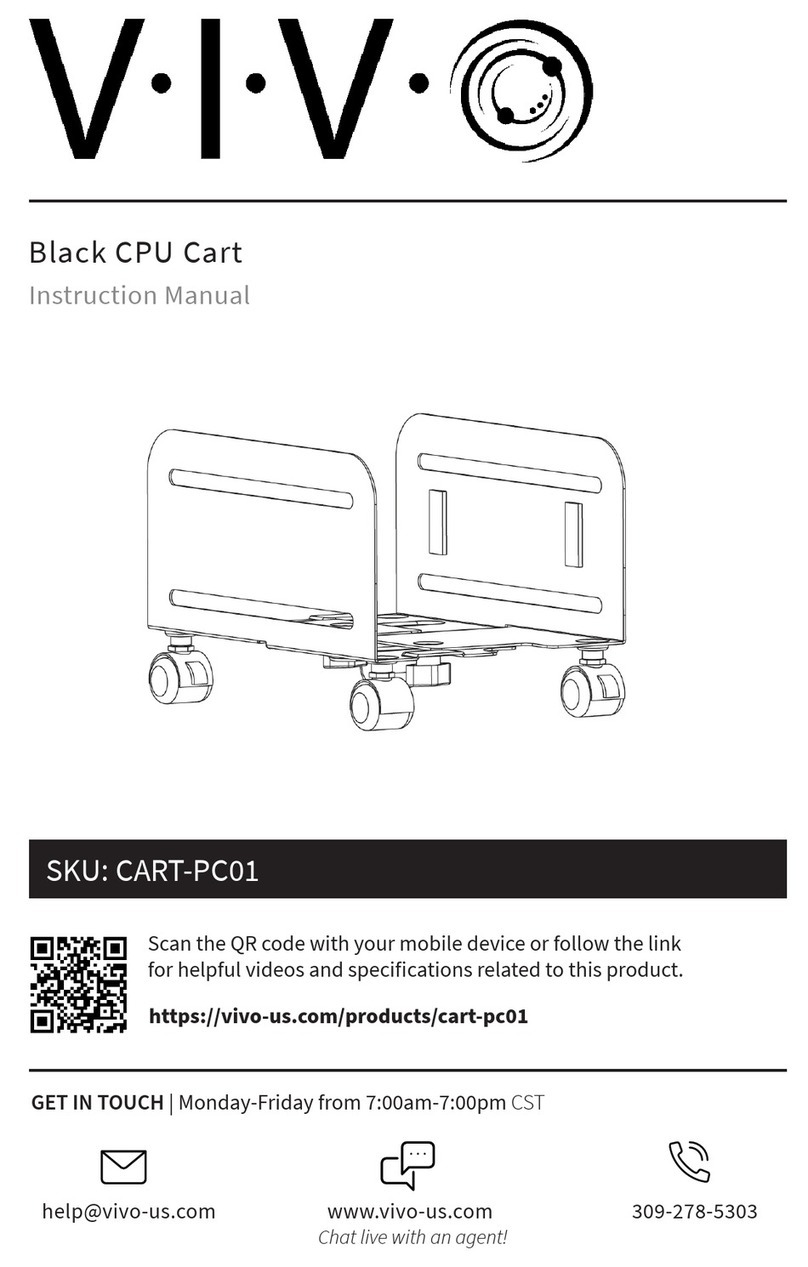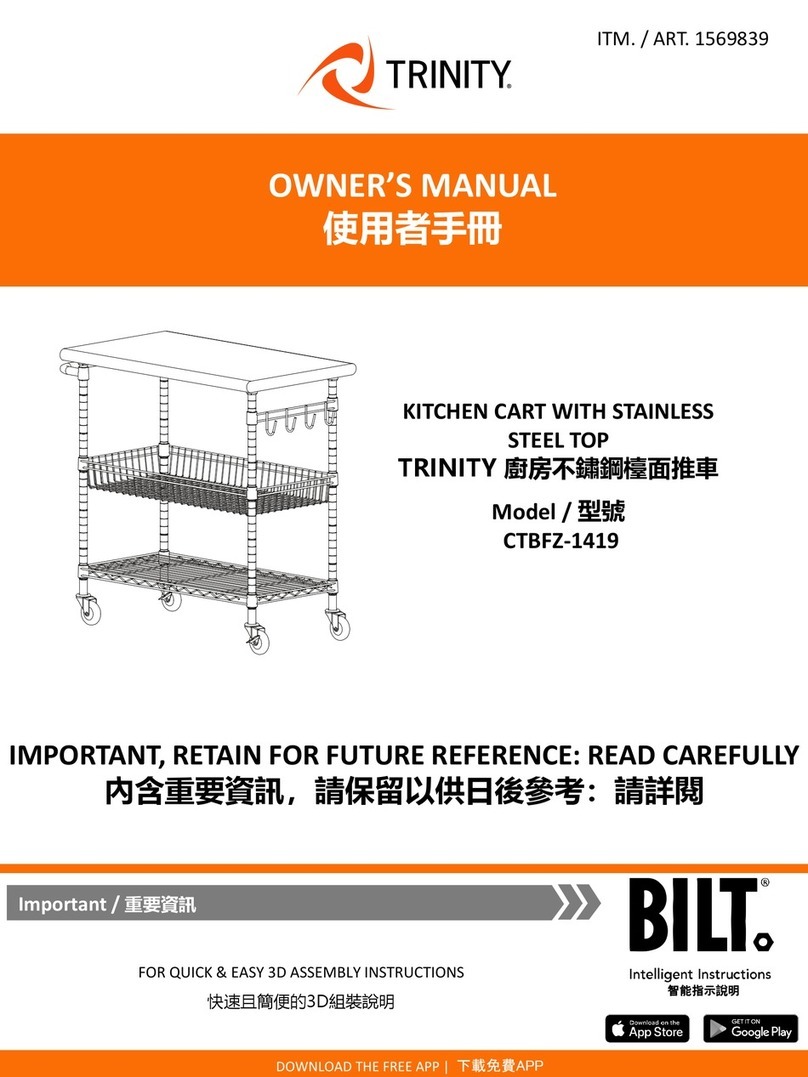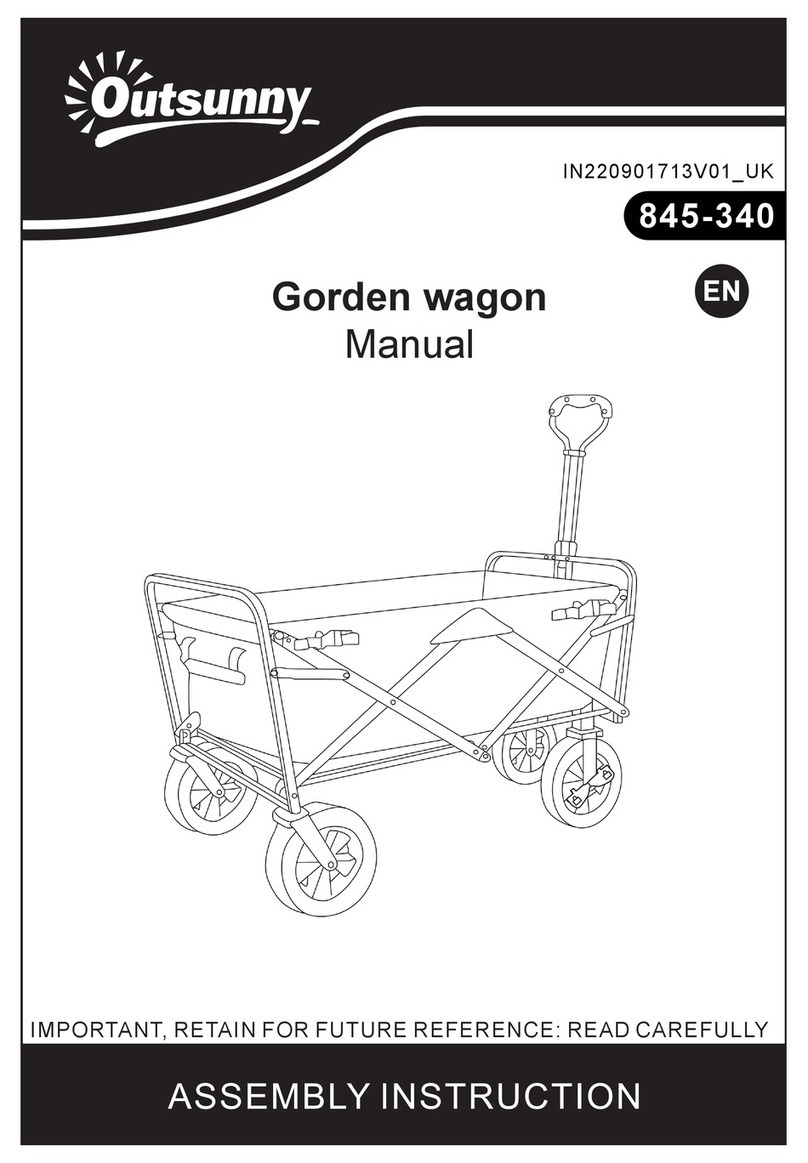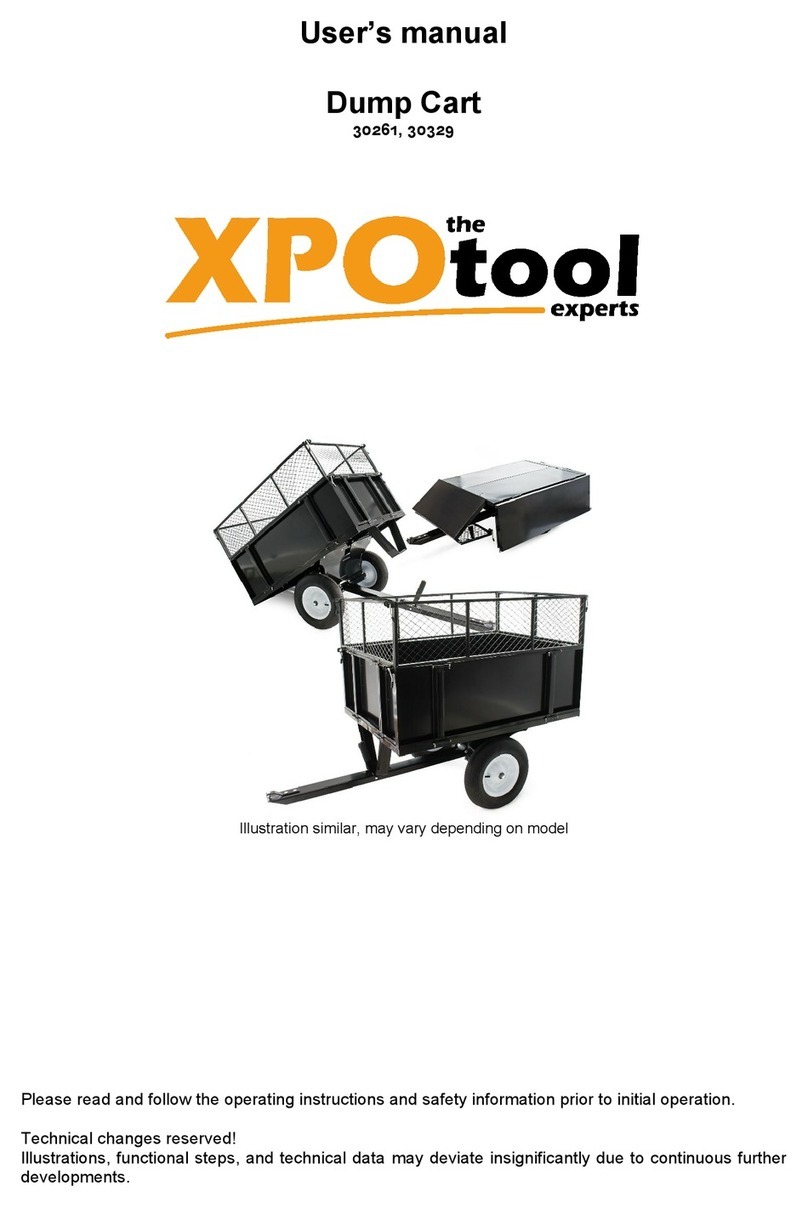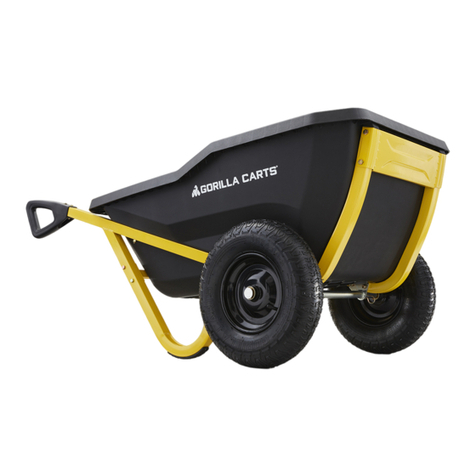
Remember, tires supplied by the manufacturer are designed to operate LESS THAN 20mph. Do
Not exceed or tire failure will occur.
Be a safe and courteous driver. Always yield to oncoming traffic in all situations, including
narrow bridges, intersections, etc. Plan your route to avoid heavy traffic.
Be observant of bridge loading ratings. Do not cross bridges rated lower than the gross weight at
which you are operating.
Watch for obstructions overhead and to the side while transporting.
Always operate equipment in a position to provide maximum visibility at all times. Make
allowances for increased length and weight of the equipment when making turns, stopping, etc.
Performing Maintenance:
Good maintenance is your responsibility. Poor maintenance is an invitation to trouble.
Before working on this machine, stop the tractor or towing vehicle, set the brakes, lower into
field position, relieve the hydraulic fluid pressure, shut off the engine and remove the ignition
keys.
Always use safety support and block the wheels. When performing maintenance, never use a
jack to support the machine. Assist the jack with blocks or other adequate support.
Use extreme caution when making adjustments.
When disconnecting hydraulic lines, shut off hydraulic supply and relieve all pressure.
Never use hands to locate a hydraulic leak on attachments. Use a piece of cardboard or wood.
Hydraulic fluid escaping under pressure can penetrate the skin.
Openings in the skin and minor cuts are susceptible to infection from hydraulic fluid. If injured
by escaping hydraulic fluid, see a doctor at once. Gangrene can result. Without immediate
medical treatment, serious infection and reactions can occur.
When installing, replacing, or repairing hydraulic system cylinders or parts, make sure that the
entire system is charged and free of air before resuming operations. Failure to bleed the system
of all air can result in improper machine operation, causing severe injury.
After servicing, be sure all tools, parts, and service equipment are removed.
Never replace hex bolts with less than grade five bolts unless otherwise specified.
Where replacement parts are necessary for periodic maintenance and servicing, genuine factory
replacement parts must be used to restore your equipment to original specifications. The
manufacturer will not claim responsibility for damages as a result of the use of unapproved parts
and/or accessories.
If equipment has been altered in any way from original design, the manufacturer does not accept
any liability for injury or warranty.
